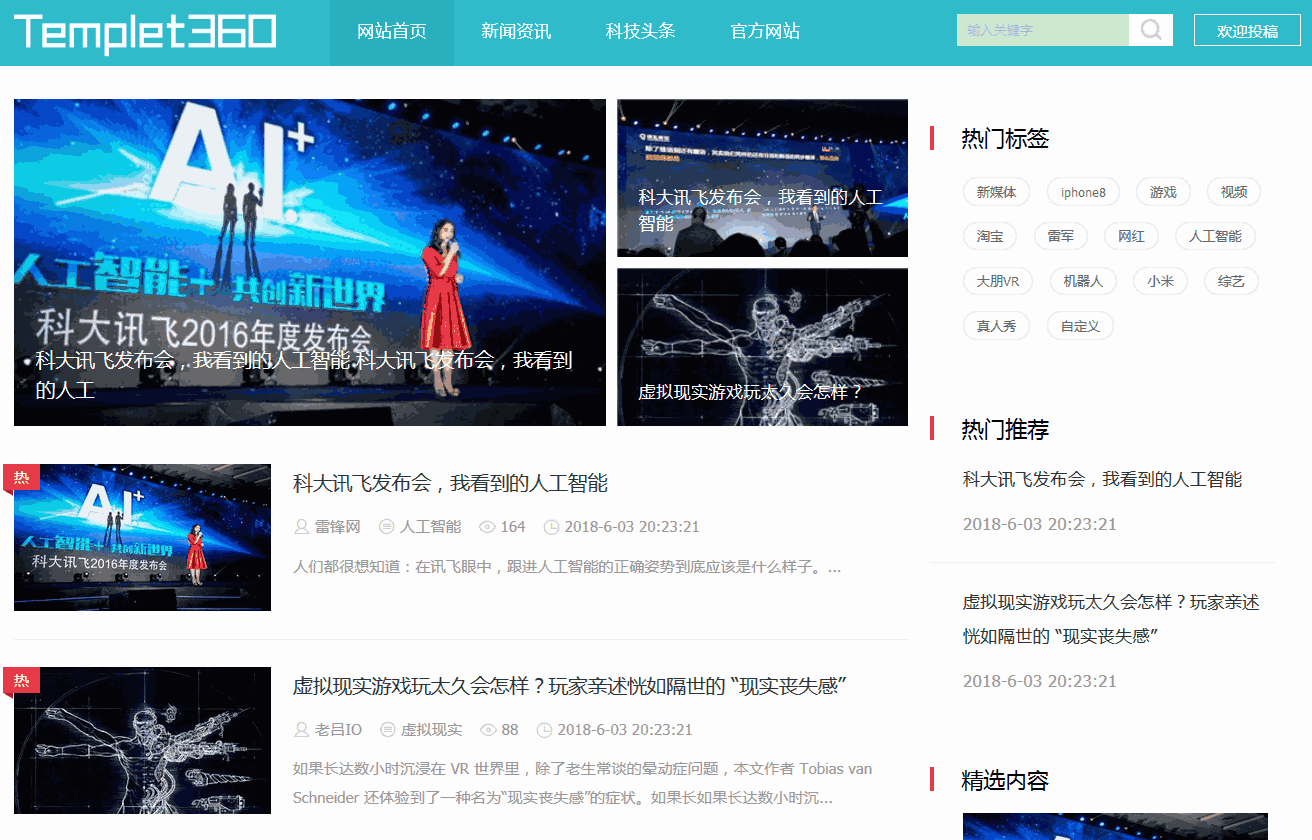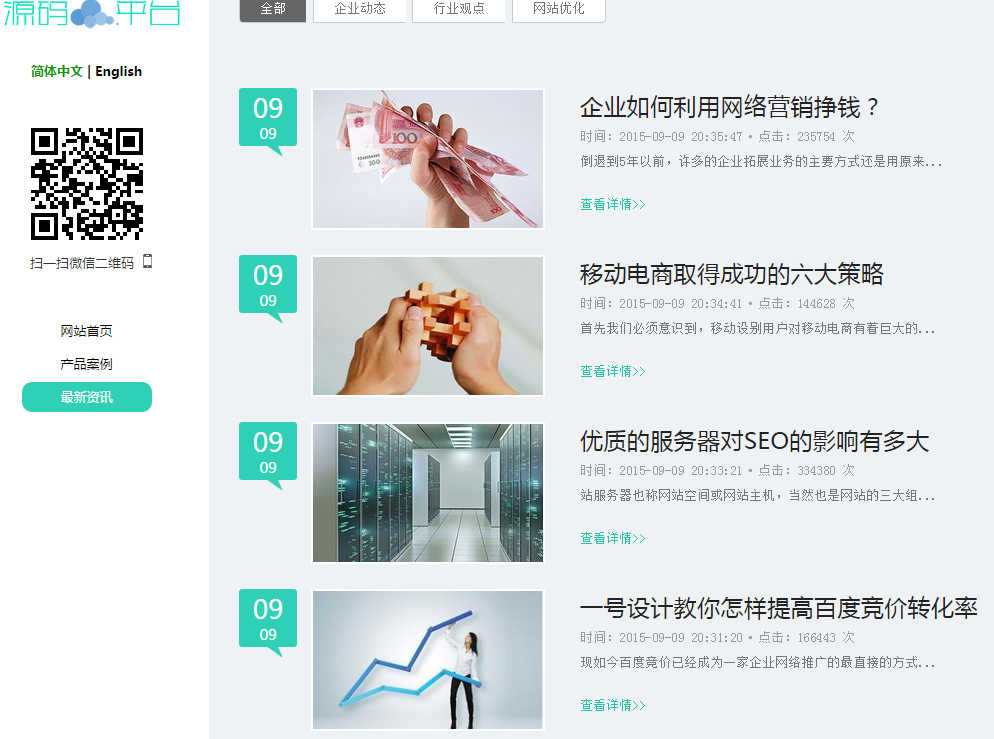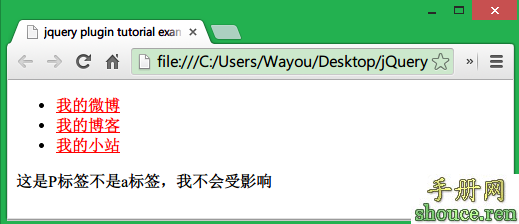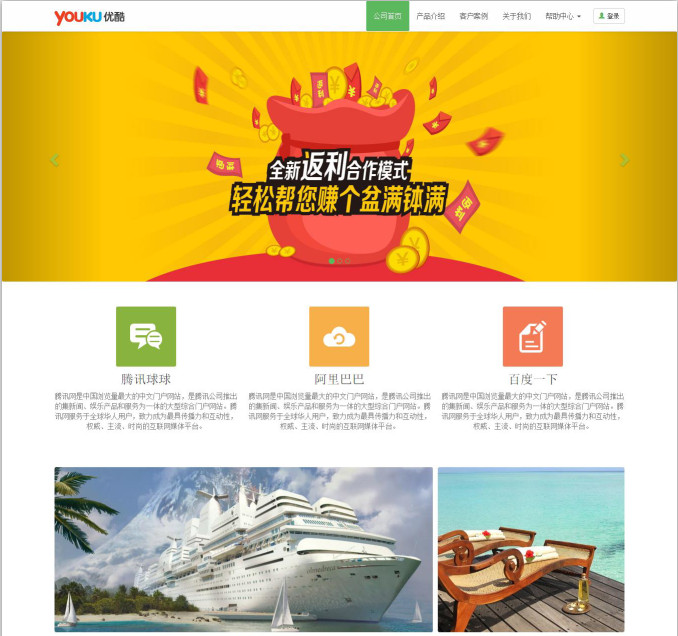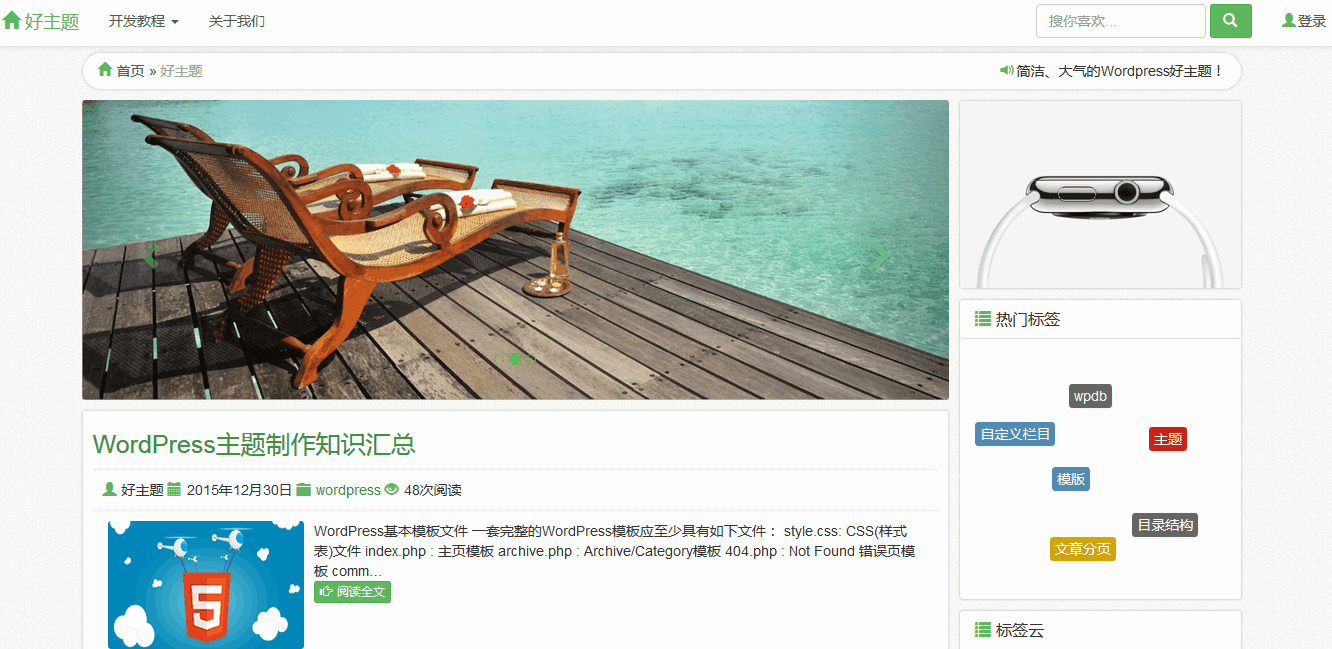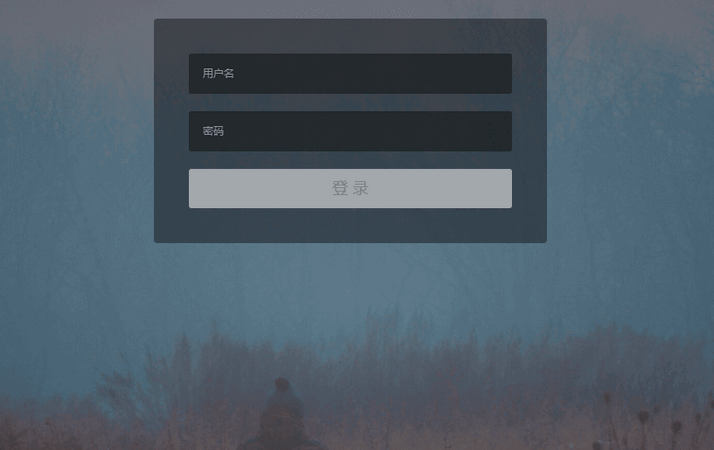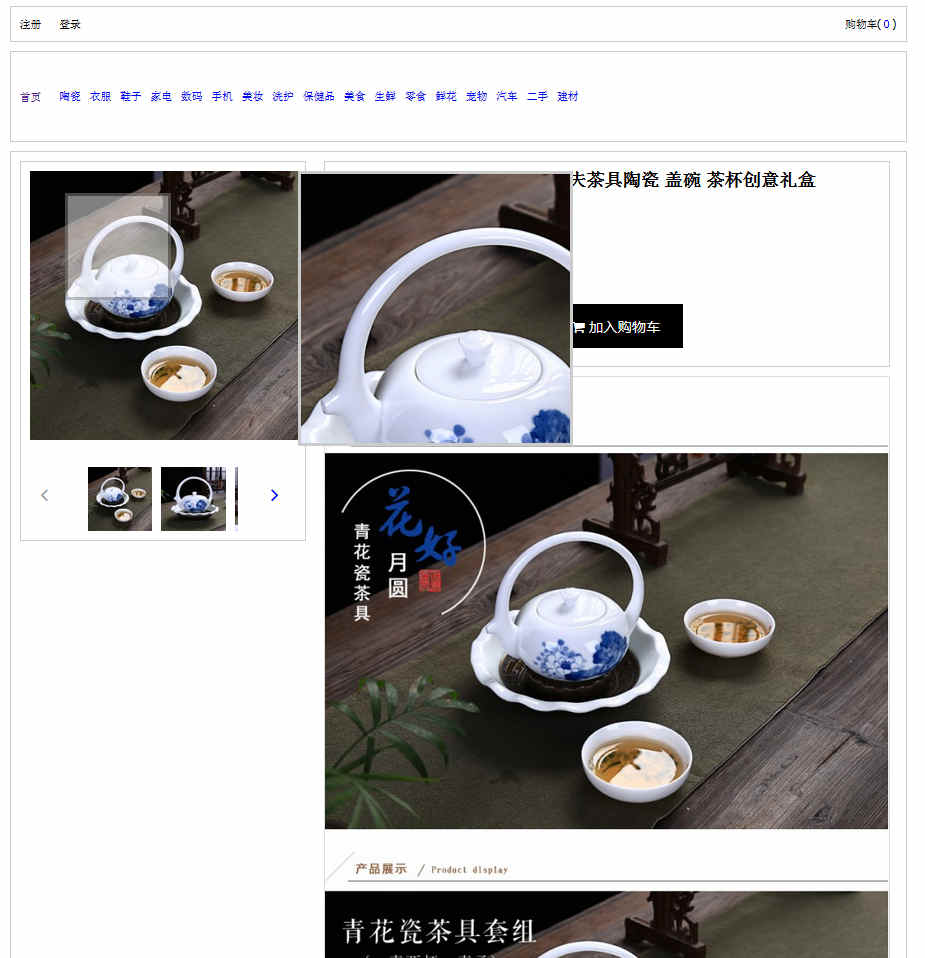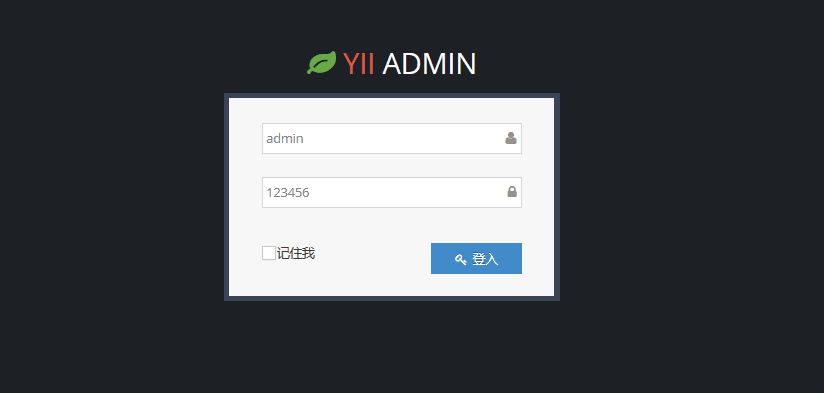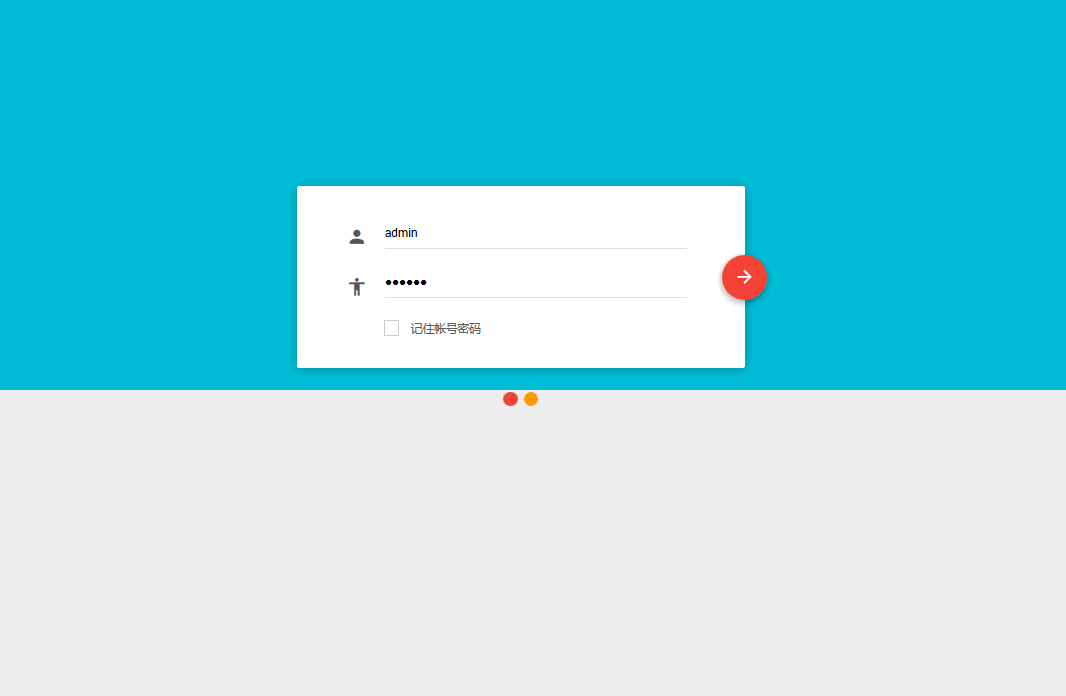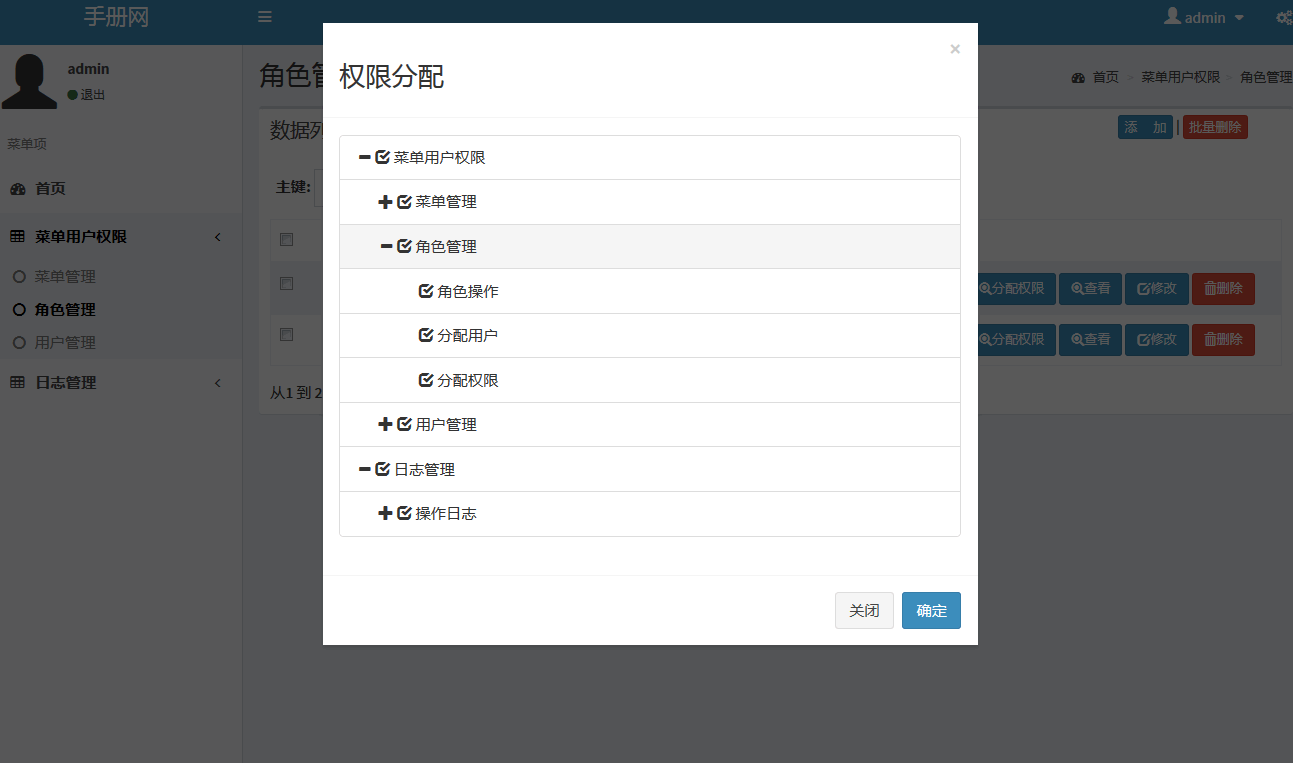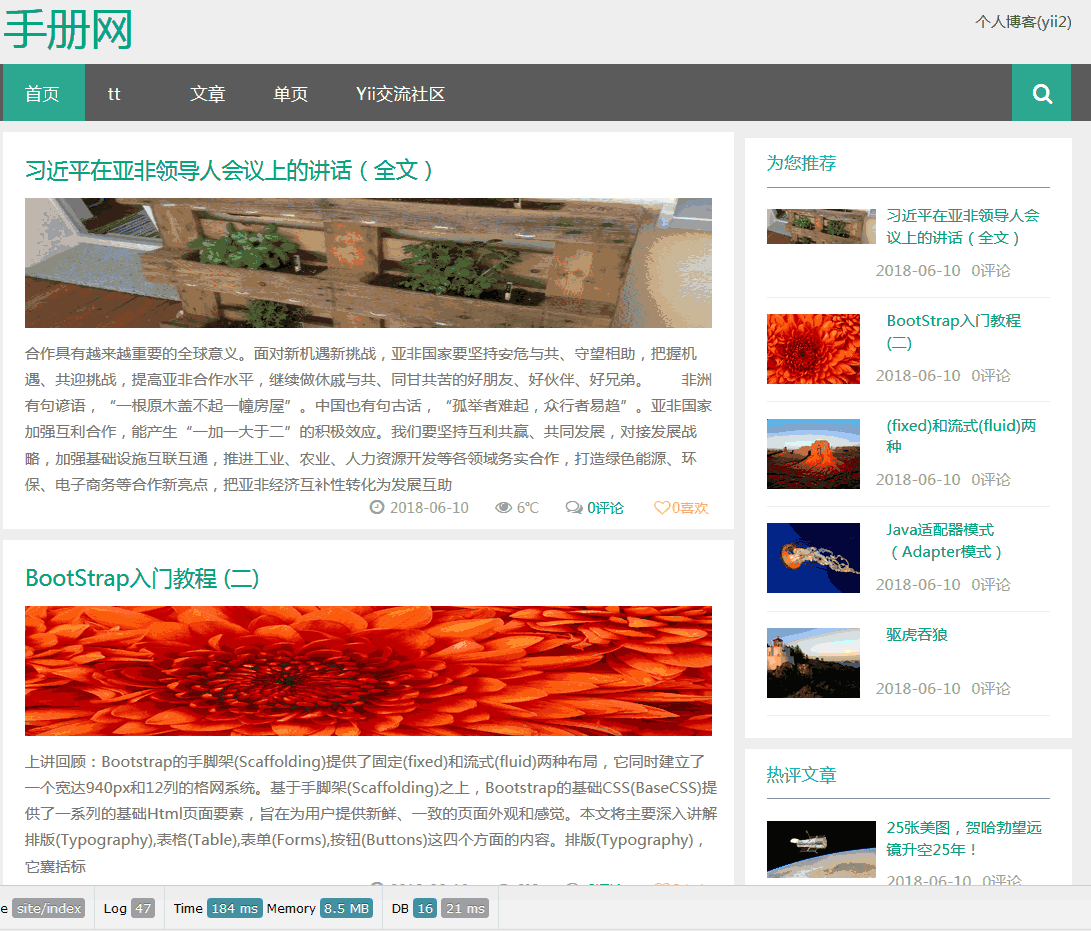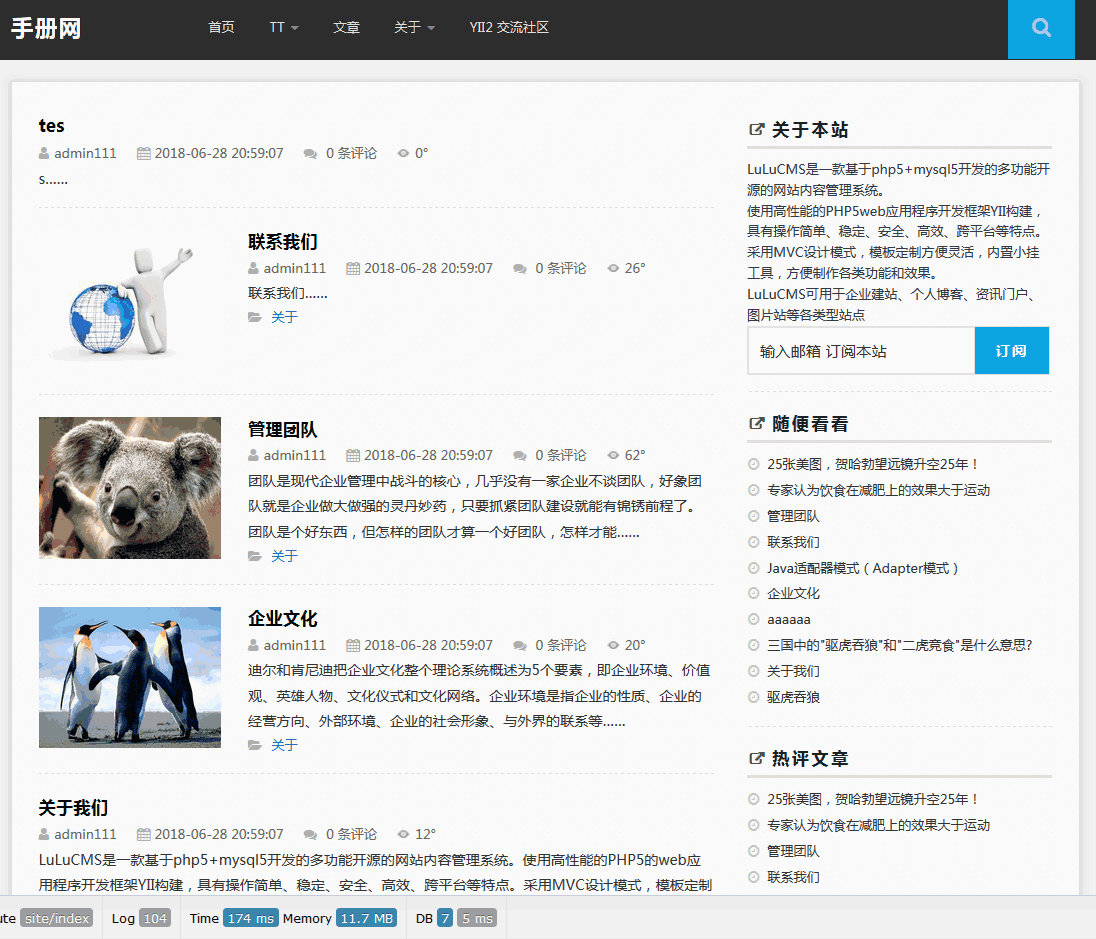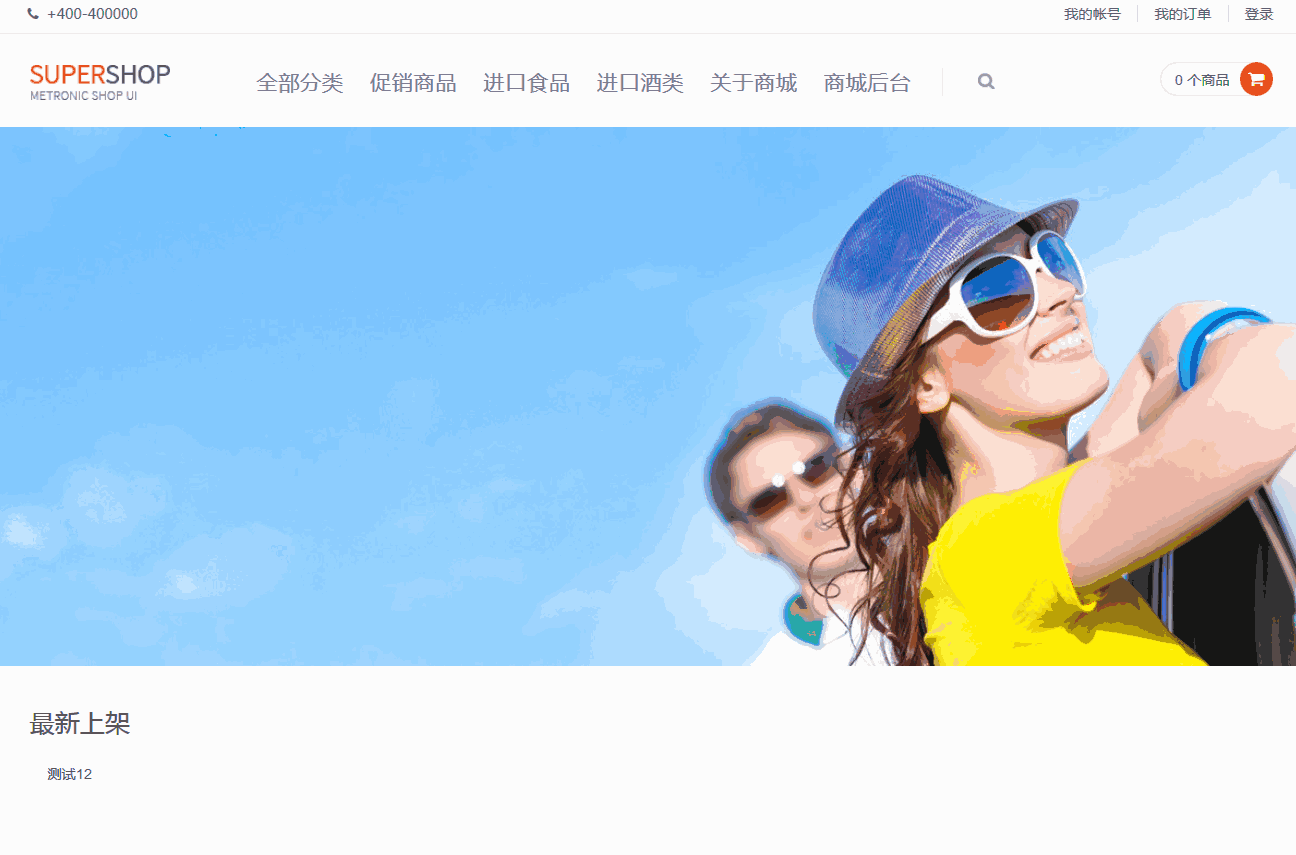Slick 编程(1): 概述
jerry Scala 2015年11月25日
收藏
Slick对于Scala来说,有如LINQ至于C# ,或者类似于其它平台上的ORM系统,它使用应用使用数据库有如使用Scala内置的集合类型(比如列表,集合等)一样方便。当然如有需要你还是可以直接使用SQL语句来查询数据库。
下面为使用Slick的代码片段:
- val limit = 10.0
- // Your query could look like this:
- ( for( c <- coffees; if c.price < limit ) yield c.name ).list
- // Or using more plain SQL String Interpolation:
- sql"select COF_NAME from COFFEES where PRICE < $limit".as[String].list
- // Both queries result in SQL equivalent to:
- // select COF_NAME from COFFEES where PRICE < 10.0
使用Slick而不直接使用SQL语句,可以使用编译器帮助发现一些类型错误,同时Slick可以为不同的后台数据库类型生成查询。
它具有如下的一些特定:
Scala
所有查询,表格和字段映射,以及类型都采用普通的Scala语法。
- class Coffees(tag: Tag) extends Table[(String, Double)](tag, "COFFEES") {
- def name = column[String]("COF_NAME", O.PrimaryKey)
- def price = column[Double]("PRICE")
- def * = (name, price)
- }
- val coffees = TableQuery[Coffees]
数据访问接口类型Scala的集合类型
- // Query that only returns the "name" column
- coffees.map(_.name)
- // Query that does a "where price < 10.0"
- coffees.filter(_.price < 10.0)
类型安全
你使用的IDE可以帮助你写代码
在编译时而无需到运行时就可以发现一些错误
- // The result of "select PRICE from COFFEES" is a Seq of Double
- // because of the type safe column definitions
- val coffeeNames: Seq[Double] = coffees.map(_.price).list
- // Query builders are type safe:
- coffees.filter(_.price < 10.0)
- // Using a string in the filter would result in a compilation error
可以组合
查询接口为函数,这些函数可以多次组合和重用。
- // Create a query for coffee names with a price less than 10, sorted by name
- coffees.filter(_.price < 10.0).sortBy(_.name).map(_.name)
- // The generated SQL is equivalent to:
- // select name from COFFEES where PRICE < 10.0 order by NAME
支持的数据库系统
- DB2 (via slick-extensions)
- Derby/JavaDB
- H2
- HSQLDB/HyperSQL
- Microsoft Access
- Microsoft SQL Server (via slick-extensions)
- MySQL
- Oracle (via slick-extensions)
- PostgreSQL
- SQLite
对于其它的一些数据库类型Slick也提供了有限的支持。
查询接口Lifted Embedding
Sclick 使用Lifted Embedding作为标准的数据库查询接口,此外Direct Embedding接口正在开发测试当中。
Lifted Embedding的名称来自于,你不是使用标准的Scala数据类型来访问查询数据库,而是使用Rep构造器来提升(Lift)Scala的基本数据类型,然后使用提升后的数据类型来访问数据库,比如标准的Scala集合的例子:
- case class Coffee(name: String, price: Double)
- val coffees: List[Coffee] = //...
- val l = coffees.filter(_.price > 8.0).map(_.name)
- // ^ ^ ^
- // Double Double String
而对应的提升之后的例子:
- class Coffees(tag: Tag) extends Table[(String, Double)](tag, "COFFEES") {
- def name = column[String]("COF_NAME")
- def price = column[Double]("PRICE")
- def * = (name, price)
- }
- val coffees = TableQuery[Coffees]
- val q = coffees.filter(_.price > 8.0).map(_.name)
- // ^ ^ ^
- // Rep[Double] Rep[Double] Rep[String]
所有的基本Scala类型,都提升为Rep。即使是8.0字面量也被提升为Rep[Double]类型。
后面的例子,我们会采用Chinook数据库作为例子。
Chinook数据库前身为著名的Northwind数据库,它的数据模型如下:
- 没有章节

